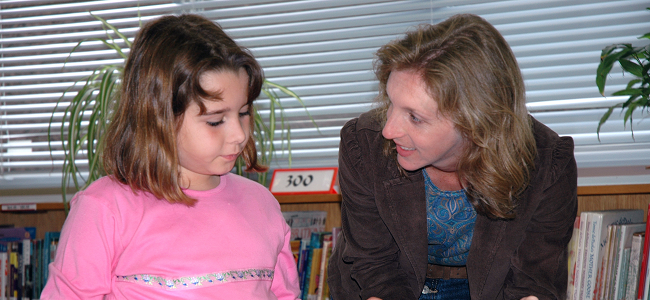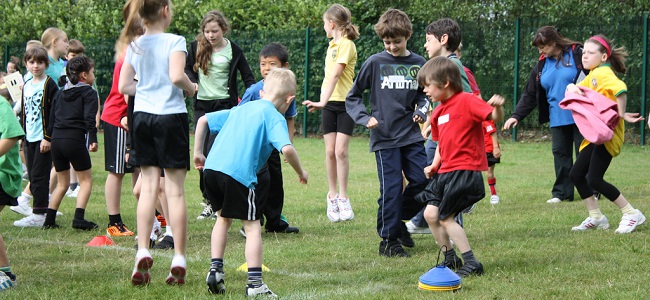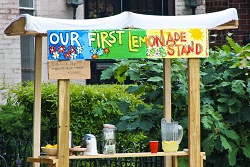Working in an inner city school, History is often seen to be very irrelevant to students and therefore boring. I remember my first ever A level lesson with my Year 12s in 2015, I asked them individually ‘Why have you chosen to study History?’ The common answer was “to study Civil Rights”. The problem was that Civil Rights was part of the A2 course, which meant that they would had to wait a whole year to be taught that particular module. Therefore teaching the Tudors to a class that just wanted to learn only about black history was hard. As a result I had to ask myself: ‘How can I engage them in a topic that seems boring and irrelevant to their lives?’
WorldStrides have launched a new range of joint educational tours, Shared Perspectives, to six destinations: Costa Rica, Ecuador and the Galapagos, Peru, Japan, Vietnam and China. With just six students, teachers are eligible to join and travel for free on one of their standard inclusive itineraries. With offices in a wide range of locations, WorldStrides is able to combine students from around the globe into one multicultural international experience. In addition to only needing six students, prices are fixed regardless of student numbers.
What is the Golden Triangle in education, and how can it aid school / parent communication? Dave Waddell explains.

If you’ve never heard of what many an educational establishment’s marketing material calls ‘the golden triangle’, then you will certainly know what it is. Each corner is theorised as representing one of a given school’s three stakeholders: child, parent and teacher. Linked up, they constitute that triangle, the lines of which are imagined as channels of communication. It is ‘golden’ because it is seen as being both ideal and benchmark, which when in fine working order makes for a happy, purposeful and child centred learning community.
Some time ago, the school I was working in decided to move to longer lessons in order to allow more time for in-depth learning, and to solve some practical problems related to rooming and movement around the school. Initially, these lessons became doubles – two hours – and eventually, the school moved to a three lesson day of 1hr 50 mins per lesson. Many schools are doing the same thing. The problem, though, is that you can’t just roll two lessons into one. You have to start rethinking the way you conceptualise a lesson from start to finish.
Do British pupils get enough of the outdoors during lesson time? What can al fresco teaching offer both students and teachers? Natalie Harling, the Outward Bound Trust’s head of education development, explains why a bit of fresh air can do the education system a lot of good.

Being outdoors is good for you. This is something we are taught from an early age that fresh air and exercise, both indoors and outdoors, are beneficial to our wellbeing. However, as teachers we usually associate the outdoors with playtime, free time and enjoyment. It’s Friday, it’s half term, it’s the summer holidays – and perhaps not as the impactful outdoor place of learning that it can be.
Do you get the most from your students’ love of social media? US Journalist Kayla Matthews discusses the best ways in which Twitter et al can be used to raise school pride and activity.

You’ve probably used social media to send class updates, event invitations and other school-related news. You may have also had to compete with Twitter and Instagram for your students’ attention. But did you know social media can also be the perfect platform for boosting school engagement and awareness?
How best to teach children to deal with real-world, practical business skills? Elizabeth Gimblett, a professional with experience in this area, discusses how to teach these topics to schoolchildren in a way that’s fun and enterprising.

Enterprise in schools can be seen as a lower priority, but the beauty of enterprise initiatives is they bring learning to life, showing the learner how to apply their learning to the real world, and how this can benefit them.
Enterprise projects will benefit numeracy, literacy, confidence and creativity. The more they are practiced, the deeper the understanding. Imagine a busy stall on a primary school playground – children have to apply agile mental maths to handle money efficiently and get through the queue before break is over – but the learning is not just about mental maths and money management, it’s about crowd control, and working under pressure; it’s about communication and good customer service; it’s about being well organised, problem solving and working together as a team. In short it’s about employability skills and best of all the children love it. Further into their future, 82% of employers recruiting graduates are most interested in evidence of their employability skills, so real value lies in education making provision for developing these skills.
How does a student gain knowledge? Is it via reading, or rather by collaborative exercises? As an international educator of 25 years and currently teaching in Mumbai, Maggie Hos-McGrane gives her thoughts on the issue.

I'm reading George Siemens' Knowing Knowledge very slowly as there is a lot to take in and think about. There are a couple of questions that I'm thinking about today:
I'm now thinking about the connection between learning and knowing, and have come across the word connectivism which asserts that learning is a network-forming process. The success of these networks in encouraging knowledge varies depending on a variety of things:
The reading aloud of formal lesson objectives in the style of, ‘By the end of today’s lesson you will be able to…’ often fails to capture the attention and interest of our pupils or students. Many carry on doodling and treat the objectives as something the teacher is obliged to recite on a par with the formality of taking the register. The Big Picture lesson plan is designed to raise interest levels, promote concentration and draw the students or pupils into full participation.

A community-driven platform for showcasing the latest innovations and voices in schools
Pioneer House
North Road
Ellesmere Port
CH65 1AD
United Kingdom